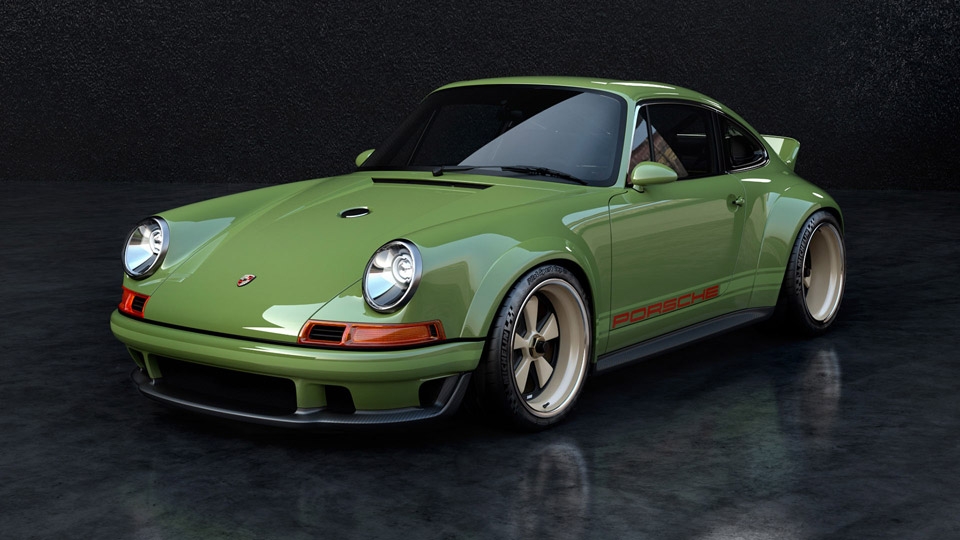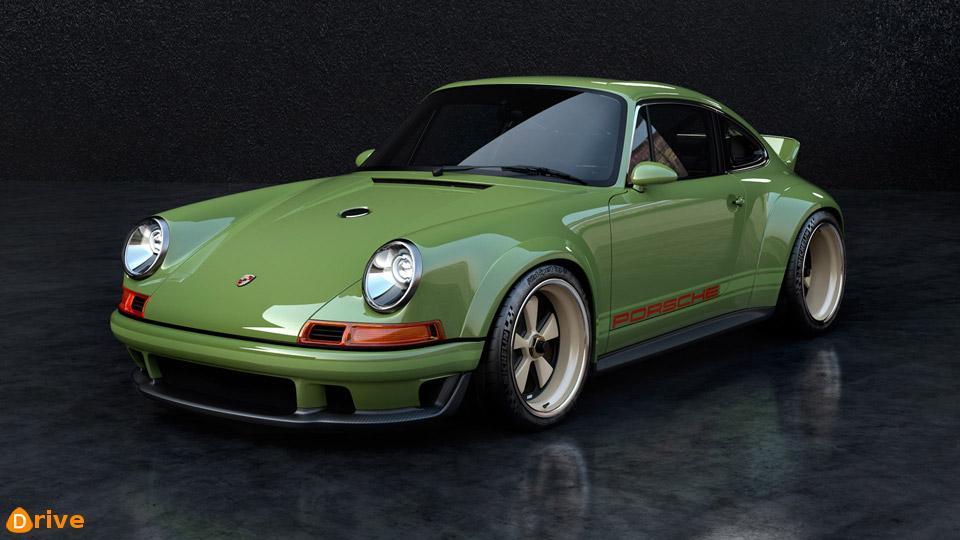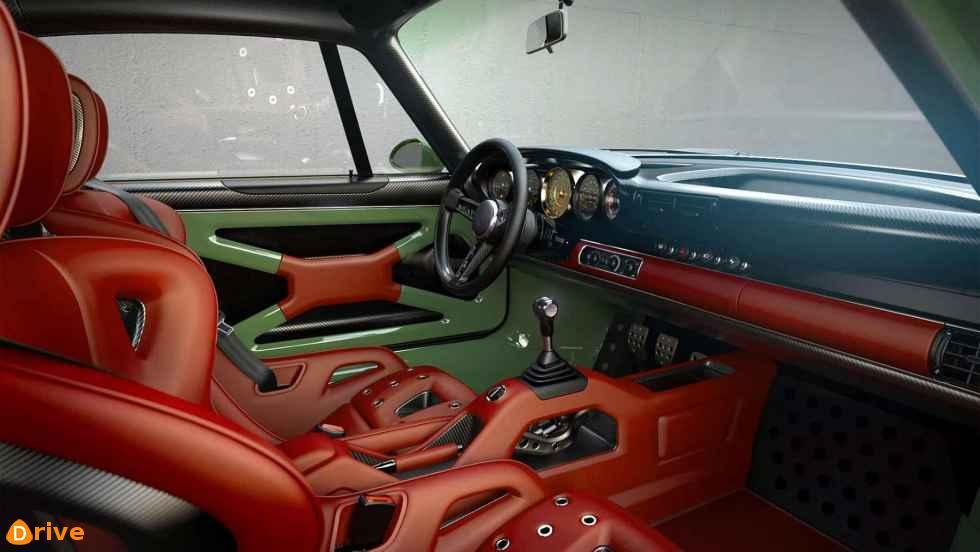
Williams helps create an air-cooled flat-six that’s almost a match for the 911 GT3 RS’s 383kW and 9000rpm
The old 911 with F1 tech
WHEN PORSCHE went liquid-cooled with the 996-generation 911’s flat-six, the ongoing evolution of the air-cooled engine was left wide open. Porsche had no choice but to move on, and did so convincingly. But great engines refuse to die, and in the hands of Californian restoration specialist Singer Vehicle Design, the aircooled 911 engine has undergone an astonishing evolutionary leap. Thanks to its obsessive but sympathetic perfectionism, Singer’s now a global brand, with 100 rebuilt cars to its name.
But the 964 911 you see here, a result of Singer’s Dynamic Lightweight Study (DLS), takes its work to another level. ‘Standard’ Singer projects cost around $600K in the US; each DLS-inspired restoration will cost at least $1.8 million. According to Singer main man Rob Dickinson, a musician and Porsche nut, the DLS’s elevator pitch was simple: “What would an old 911 look like if we did it with an F1 team?” The F1 team Singer invited was Williams, and more specifically its Advanced Engineering arm. The brief? “To develop the most advanced air-cooled engine yet,” explains Dickinson.
“The objective was 373kW from 4.0 litres. The cases would remain 964 911, but beyond that this engine would receive the best solutions money can buy, including four-valve heads. In the words of one of our clients, we’ve bestowed upon an icon the gifts of the modern age and noble material science. It’s a bit nutty, but we had faith in the notion that if we could execute it well then, despite the unnerving price we’d have to charge, people would appreciate it.” If this outrageous engine has a father it’s Williams Advanced Engineering’s John Magee.
“The crankcases are 964 – the flatsix engine is such a sound design fundamentally that it’s strong enough for these kind of high-performance applications, as Porsche proved with its own turbocharged derivatives,” says Magee. “Four-valve heads were the only way to go – you can take a two-valve engine a long way, with bigger valves for better fuel flow, but the reciprocating masses in the valvetrain become a problem; you can’t achieve the engine speeds you need. “The four-valve heads were designed uniquely for this application.
We’ve adopted a finger-follower valve actuation system, which gives us both the lightweight valvetrain we needed for high revs and the flow area we wanted for good power.” While details like bore and stroke, compression ratio and other specifications remain a mystery for now, further cutting-edge performance engineering highlights include low-friction coatings (a diamond-like coating on the finger followers and piston pins, for example, and chrome-nitride on the valves), extensive use of lightweight materials (the valves are titanium, as are the con-rods) and a completely re-designed lubrication/oil-cooling system. “We’re very proud of the engine. It sounds like nothing else,” says Singer Vehicle Design’s Rob Dickinson. “It almost sounds like an F1 engine.” With good reason.







